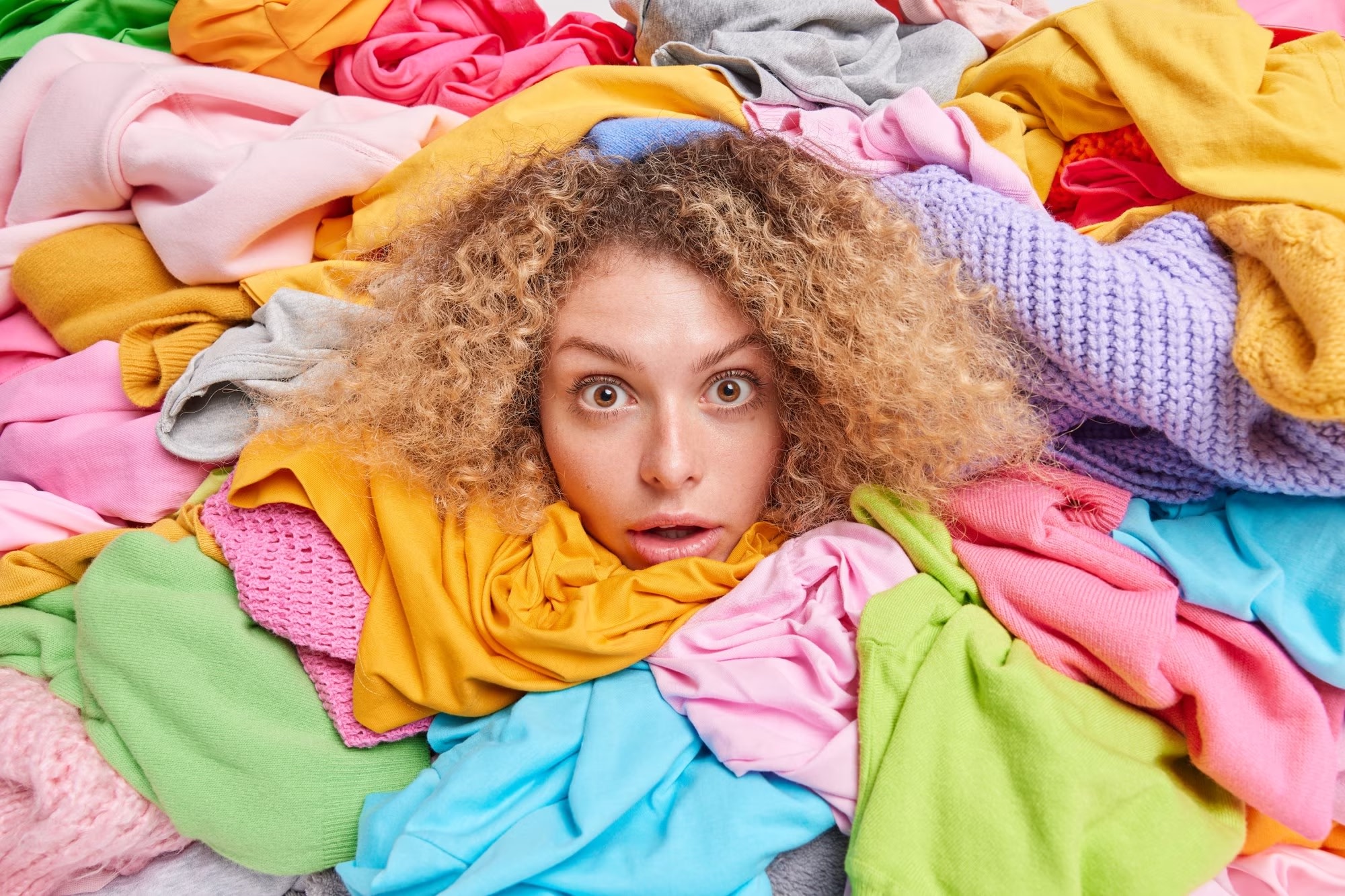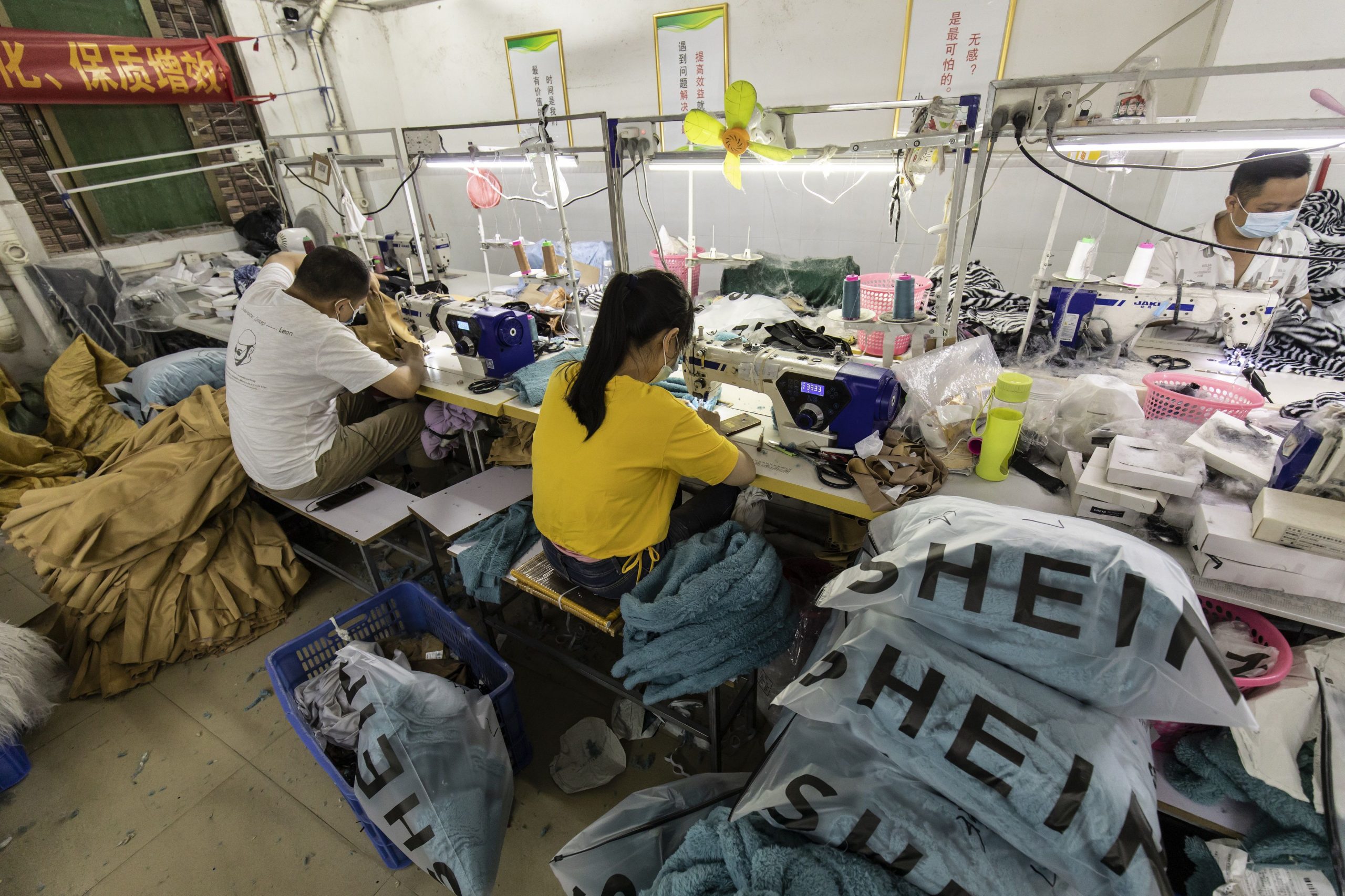What Is The Impact Of Shein’s Fast Fashion?
Shein

The fast fashion industry has been getting an incredible amount of scrutiny lately, but one of the biggest companies that that scrutiny is directed at is Shein. A new take on fast fashion, Shein is a purely online company that generated $10 billion in annual revenue in 2020 and continues to grow.
The brand markets its services on social media platforms like TikTok and Instagram, amplifying the latest trends and styles at insanely low prices, creating huge demand among young women in particular. That’s only natural when Shein adds about 2,000 styles per day to their site. This is on top of influencers unboxing $1,000 hauls featuring cheap crop tops, shoes, knockoffs of trendy handbags, and other items.
But while the company is thriving in its success, it's worth asking at what cost this all has on fast fashion and the planet.
Surface Effort
Shein is, by all accounts, a fast fashion company, which is why I found it so interesting a while ago when I covered some of its social efforts. Being mired in controversy, Shein attempted to dive into ESG, outlining in its report how it would be reducing emissions, improving efficiencies, and bringing finished products to the end user consumers that would prove that their supply chain model could ultimately benefit its garment workers and the local communities they were sourced from.
As if that would fix things.
They presented themselves as a company who knew the costs and wanted to become more like the sustainable clothing brands. In fact, it seemed like they wanted to be the largest sustainable clothing brand, outputting sustainable clothing at the same rate and same price and quality as they do now.
The reality though is they're not.
To their credit, as I point out in the article, Shein is at least doing something. For a wannabe sustainable clothing brand, they are focusing on manufacturing processes and raw materials use. But this is an obvious 'key step' and is nothing revolutionary. Industries all across the board are doing exactly that already.
Fast fashion is worse however because the bar for social reform in the fast fashion industry is low. After all, this is an industry that has no problem hiring children and putting adults in sweatshop conditions. This is on top of producing cheap clothing in bulk that ends up getting thrown out.
But when it comes to the environmental impact that Shein has, the lukewarm efforts and the “E for effort” attitude I offered to Shein feel too generous in my mind.
Similar to their social efforts, Shein has a lot of room for improvement. But unlike their social efforts, Shein’s environmental impact is even more of an embarrassment. Compared to genuine sustainable clothing brands efforts, their claims amount to greenwashing. Here is why.
Featured Article: 3 Ways The Fashion Industry Can Be More Sustainable
Where Are The Clothes Coming From?
In fast fashion, to fully understand the environmental impact, you need to know where the clothes are being made and where they're being shipped. Shein takes pride in being an international company, so like other large companies, it has warehouses scattered around the world and ships across 150 countries.
These warehouses are located in China, the USA, Europe, Indonesia, and Vietnam, with China being the main manufacturing location. But in terms of suppliers themselves, Shein is oddly tight-lipped about the details. Even though they claimed they're for the people and the planet, it's strange that they're not talking about their suppliers.
Surely, they would know Scope 3 emissions is pretty important. Especially for sustainable clothing brands.
But one supplier that we do know about is the consumers themselves. As another public relations stunt, Shein last year launched the Shein Exchange. Since I last wrote about it, the exchange is still active, allowing users to resell their purchased clothing.
On paper, this sounds good, but as I pointed out before, thrift shopping, especially from these more established brands, isn’t as great as it sounds. But the thing with Shein is that it has made this even worse. On top of admitting this new function would cannibalise sales of new items, Shein hasn’t made any announcement about reducing the production of clothing.
This lack of production reduction effectively undermines any effort by Shein to be more circular.
Even if customers can go and resell their products, they are competing with Shein itself, which is creating thousands of new products and has complete control over whether you’ll make that sale or not on their platform. There is higher chances of clothing being thrown out more, especially when Shein produces bad quality clothing.
The Excessive Styles
The big problem with fashion is that manufacturers use a tonne of resources to produce a single piece of clothing. This problem has been exacerbated over the years as many fashion brands have delved into fast fashion, offering cheap new styles that get thrown away in a year. Natural resources in the form of land, crops, and dyes - which result in habitat destruction or the misallocation of land earmarked for agriculture - all create supply chains which convert raw materials into finished, unnecessary clothing. These clothes end up in landfills, which contributes to further environmental problems.
Shein has blown this cycle out of control with its aforementioned 2,000 new styles per day, outpacing any other major fashion brand on the market. That alone is concerning enough, as they are fully aware their production is ending up in landfills based on their donation last year to the Or Foundation.
On top of that, the excessive use of new styles suggests that Shein doesn't produce good quality clothing. Sustainable clothing brands would at least offer something substantive and more durable than what Shein offers.
Excessive Supply Chain
But what makes it worse is that with Shein making so many products, it can’t keep track of every design nor all suppliers. It also doesn’t keep track of materials, despite them wanting to use fewer materials. The first step to using less materials for products is to know what is going in them. And it's pretty bad when one of their jackets contained 20 times more lead than what was allowed in children’s products and Shein didn't know about it.
Another common complaint from customers is that clothing smells like chemicals, which suggests a lot of the mass-produced clothes use synthetic materials and microplastics. Materials that are meant to cut costs and produce cheap clothing.
Beyond that, the sheer quantity is staggering. Sure, this one company could make small quantities of each design, but when you’re producing an average of 2,000 new styles every day, with production times speeding up, the number is always going to be massive. Add to this that fast fashion dispensed with the 'new season' concept, it's simply a constant barrage of severely misused natural resources and raw materials.
Shein Has An Excess Of Work To Do
I said before that Shein can be an excellent example of ESG done right that could create a template for other fashion brands to follow, and I still agree with that sentiment. Compared to other brands, Shein has, on the very surface, put in some effort to ensure that it cares for people and the planet.
But for those of us who research sustainable fashion and sustainable clothing brands, we know that Shein isn’t as committed as they say they are on paper. That much is clear from their lacklustre efforts in improving workers' lives and the abysmal efforts they are taking in trying to become a sustainable fashion brand.
Featured Article: 13 Sustainable Designers And Luxury Fashion Brands You Need To Know
Takeaway
This is not the example of supply chain management meeting the challenge of climate change that we want to see. If manufacturing methods and the exploitation of natural resources in the garment sector is to see change, then we need to firmly point to the linkage between the clothes on our backs and the degradation of our environment on a solidly public level.
Current supply chain models use embodied energy from agriculture to production, transportation through delivery to retailers, before a customer even makes a choice. Resources that are externalised and offset should be embodied in the end garment cost, an actual 'made to measure' industry that doesn't incentivize the casual disposal of casual wear.
Shein should be leading the pack in this regard if they're truly committed to being an impact to the fashion industry. As it stands, other sustainable clothing brands are much better off.
Want to know more about how specific companies are performing? Search ESG Ratings and reports, by sector or by company, via our Company ESG Profiles.






